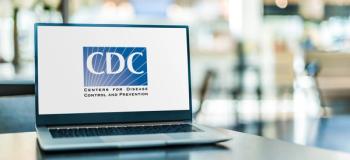
FDA Approves 800 Generics in 2016, but Legislators Think Process Should Be Faster
FDA set a record for generics approval, but is the process still too cumbersome?
In 2016, FDA approved the highest number of generic drugs in its history: 800 full and tentative approvals. Last year’s approvals by FDA’s Office of Generic Drugs (OGD) in the Center for Drug Evaluation and Research surpassed the agency’s previous record of 726 in 2015.
“And the timing couldn’t be better amid concerns about rising drug prices,” said Kathleen (Cook) Uhl, MD, writing in
“Many of these approvals were for ‘first-time generic drugs,’ meaning the introduction of a generic counterpart for a brand-name product for which there was previously no generic,” Uhl wrote. “That’s typically the first step towards lower drug prices because multiple generic versions of brand-name drugs drive price competition, leading to more affordable drugs.”
However, legislators and manufacturers are still concerned about the time it takes to approve generic drugs, as well as their rising costs. At a Congressional hearing on drug prices last fall, Senator Jerry Moran (R-KS) said he was concerned that the median time it takes for the FDA to approve a generic medication is nearly four years, the Regulatory Affairs Professional Society
Moran also said that more than 4,000 generic applications are awaiting FDA approval, while 1,575 applications are awaiting a response from industry. Since the enactment of the Generic Drug User Fee Amendments (
GDUFA is an important factor in the record-setting number of generic approvals; “a landmark legislation negotiated with the generic drug industry, which completely reshaped the generic drug program at FDA,” Uhl called it. “It authorized funds for FDA to hire additional reviewers, modernize the review of generic drug applications, expand facility inspection capabilities, advance IT infrastructure for generic application review, and perform other regulatory actions.”
FDA is also working to spur more generic drug development, Uhl said. For example, GDUFA regulatory science priorities help the generic drug industry develop validated scientific methods for demonstrating bioequivalence and assuring therapeutic equivalence to the brand-name counterpart, Uhl said. “We are translating the results of these scientific efforts into generic drug product development via recommendations for specific drug products, which assist the generic drug industry during product development.”
Kathleen Uhl, MD
Newsletter
Pharmacy practice is always changing. Stay ahead of the curve with the Drug Topics newsletter and get the latest drug information, industry trends, and patient care tips.













































































































































